Michael Perry, a Wisconsin writer and comedian, writes in his sweet, gently humorous memoir Truck: A Love Story that “Seed catalogs are responsible for more unfulfilled fantasies than Enron and Playboy combined.” Glossy pages featuring lush greenery, full and ripe berries all promise gardening success and grandeur with nary a hint of potential struggle or failure. Many a time I’ve ordered a plant—with the fantastical hope that it’ll survive and maybe even thrive in my 2-3 Zone—only to have it wither under my high expectations. However, I’ll do Mr. Perry one better. Like gardening catalogs, gardening books can also promote unattainable fantasy and are perhaps more fantastical in what they promise. For instance, rather than featuring a single plant, the text often features an entire garden—talk about garden fantasies!
However, if you really want to garden and want to learn about plant selection, site selection, garden layouts, and the like, where to begin your gardening education?
Here are five gardening books that I’ve found indispensable in developing my gardens and gardening philosophy. While none is flashy with page after page of glossy, lush photos, I’ve found each book invaluable in helping me understand plant selections, plant cultures, and more importantly, the journey that is gardening.
Heirloom Flower Gardens: Rediscovering and Designing with Classic Ornamentals
// Jo Ann Gardner // Garden Way Publishing // 2001
This book, an absolute gem as is anything written by Jo Ann Gardner, I discovered entirely by accident. While browsing a quirky, localish bookstore some years ago, I somehow landed upon this text and pored over it in the shop, enchanted by its writer, her story, her plants. Of course, I purchased it and spent the next months reading, reading, and reading.
Packing up everything she and her husband Jigs owned, in 1970 they to moved to Canada to an arguably desolate, neglected farmstead on Cape Breton, Nova Scotia. After making the place habitable, fixing the barn, the fence, and completing other necessary repairs, she turned her attention to the landscape. Gardner noted different plants, roses, bushes about the property, noting their lovely fragrances, charming growing habits, and hardy constitutions; thus began her extensive self-study of heirloom plants. Her interest piqued, Gardner also writes about discovering old flowers at an abandoned farmstead: “I stood on the falling-down porch and looked at the clear signs of a garden: Daylilies, Yellow Loosestrife, Lilacs, Roses, the inevitable Rhubarb…looking up, I saw the luxuriant Virgina Creeper adorned with clusters of small purple berries, the vine soaring to the peak of the house, past broken windows through which no one would ever look again, the house of my friend’s parents, who had flailed oats till midnight and milked cows at dawn yet had planted gardens of ‘use and delight.’ The Heirloom Garden
The rest of the book highlights “selecting and growing over 300 old-fashioned ornamentals.” The entire book is a delight to read: it’s more than just a list of plants. The story of her gardens and their plants is in many ways her story, as she adapts to a new home, a new environment, and an emptying nest.
It’s also incredibly well-researched—without being dull or overbearing—Gardner manages to provide a wealth of information about flowers, bulbs, roses, and shrubs. In short, this book is AMAZING. Read it.
Living with Herbs
// Jo Ann Gardner // The Countryman Press // 1997
Since I loved Gardner’s The Heirloom Garden I sought out other texts that she’d written (there are several) and Living with Herbs is another favorite. In her introduction she eloquently writes: “I believe Living with Herbs is unique among the plethora of contemporary books on herbs. It is intimate rather than encyclopedic; deeply personal rather than coldly distant. In our thirst for plants and gardens, we sometimes forget that what makes them interesting is the human dimension, our interaction with the natural world. A book about herbs…can be much more than a compilation of vital statistics. It can be about life itself. This is one gardener’s testament.”
And she does exactly this. In the first section, Gardner covers basic growing methods—from starting herbs from seed to propagation methods to using harvesting methods (she covers both traditional and alternative methods). She’s also included a chapter that provides recipes for bath herbs, herbal infusions, vinegars, and more. Amazingly, each recipe is hers: one that she’s developed, created and many times, sold. Chapter 4 discusses using herbs in the landscape—her text turned me onto using feverfew in my cottage garden (grown from a single seed packet), clary sage, sweet woodruff and others. However, what separates Living with Herbs from other books on herbs is the story she tells about each herb and its place in her landscape and person. The reader learns as much about Gardner and she does about the herb.
Part II provides a detailed look at 74 herbs that Gardner uses on a regular basis: each profile includes a charming illustration, the herb’s botanic name, its type (annual, perennial etc.), its height, and its sun and soil preference. What’s more, she includes a section on growing, harvesting, drying, and using each herb. As she does throughout the book, Gardner explains each herb in terms of her use, and doing so provides the reader with a clear idea of where and how the reader might use it. This might be one of my favorite gardening books, ever.
Herb Garden Design
// Faith H. Swanson and Virginia B. Rady // New England UP // 1984
Published in 1984, I guess you could say this text is an oldie but goodie, and like The Heirloom Garden I stumbled upon this book in my favorite quirky bookstore. While the book doesn’t provide much information on the herbs themselves (not surprising given that the text is entitled Herb Garden Design!), the first portion details herb garden design basics and covers plotting out a plan on graph paper, enclosures, and paver layouts—some really interesting and beautiful. The remainder of the text features real herb gardens—not photographically—but the plans themselves, including the plant list and a to scale layout. The authors categorize the plans based on the degree of difficulty and include a series of layouts for the novice, for the more ambitious, and for the super ambitious–other types of herb gardens: a formal Victorian knot garden, a Shakespeare inspired garden, etc.
Honestly, this text was incredibly helpful while plotting out my kitchen garden and getting a sense for plant pairings, arrangements, and elements in an herb garden/kitchen garden. If you’re one who likes to play with layouts before breaking any ground, this book is one you want.
The Gardener’s A-Z Guide to Growing Flowers from Seed to Bloom
// Eileen Powell // Storey // 2004
Early in my gardening adventures I wasn’t brave enough to start plants from seeds and instead bought most plants from a garden center—it helped that I worked at a greenhouse at the time! I hesitated to grow things from seed because—as silly as it sounds—I thought it wouldn’t work and that I would inevitably fail. Farm Boy, ever the pragmatist and optimist, encouraged me to at least try growing plants from seed. So after researching extensively and poring over all.the.seed catalogs I decided to grow EVERYTHING from seed: tomatoes, broccoli, onions, cosmos, marigold, basil, and a bunch of other flowers. In the main, I was wildly successful—in large part due to this book.
In the first section, Powell covers basic seed starting methods—from soil selection to proper watering technique to growing lights. She presents the material in a straightforward, uncomplicated way—all suggesting that even the newbie can successfully grow something from seed.
The second section is a compendium of plants and how to grow them. In the main, the encyclopedic nature is helpful; however, my only beef with the the text—at least my edition—is that Powell lists each plant in this section by its botanic name. Obviously, if you know the Latin name of the plant you want to grow, the cataloging method presents no problem but if you don’t you may need to look a little harder to find what you want.
Overall, though, this book is more than helpful and if you want to try your hand at growing flowers from seed—one of the most satisfying DIY moments ever!—you want this book in your gardening library.
The Berry Grower’s Companion
// Barbara R. Bowling // Timber Press // 2005
My gardening adventure has included planting several fruit gardens: raspberries, black raspberries, grapes, and blueberries. Bowling’s text has provided me with both invaluable information on site and cultivar selection, necessary soil amendments (particularly for blueberries) and basic pruning methods. Even more, it’s clear that Bowling is both knowledgeable about and fond of berries, particularly raspberries.
A note: it’s worth pointing out that Bowling’s text does not address the growing conditions of the West or the Southwest, an omission she points out in the first chapter. However, if you find yourself wanting to grow berries and you don’t live in the West/Southwest, this is valuable resource.
So. There you have it!
Several gardening resources that I’ve found invaluable in my development as a gardener. Question? Please ask!


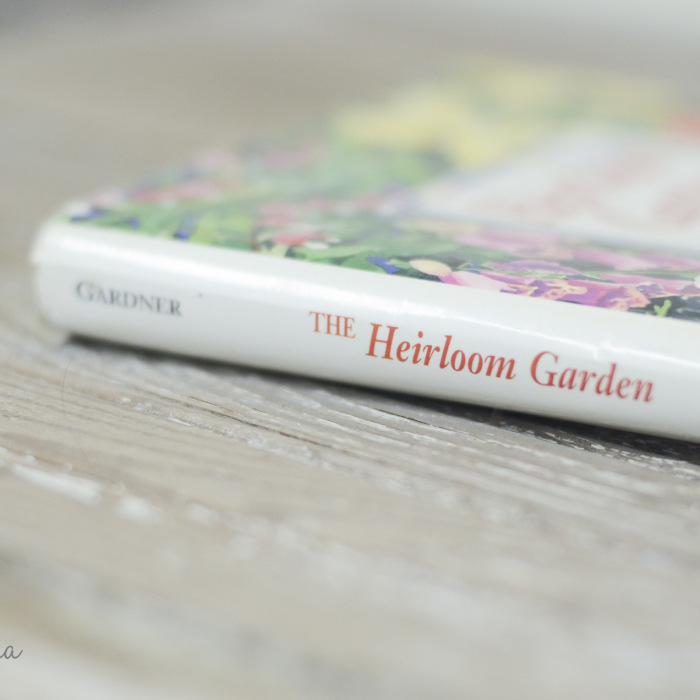
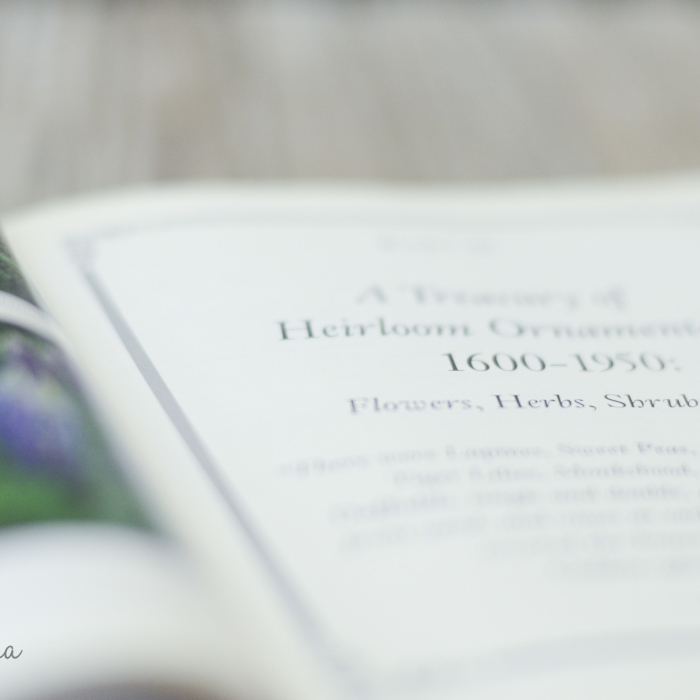
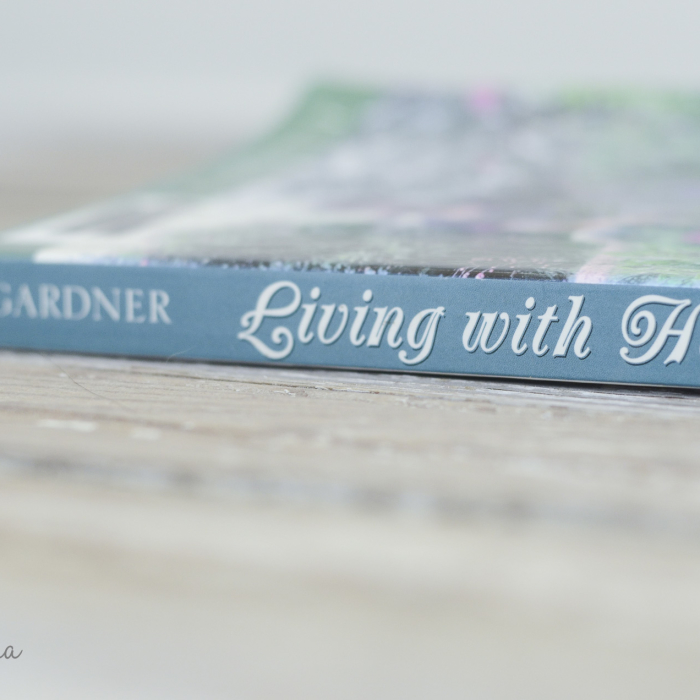
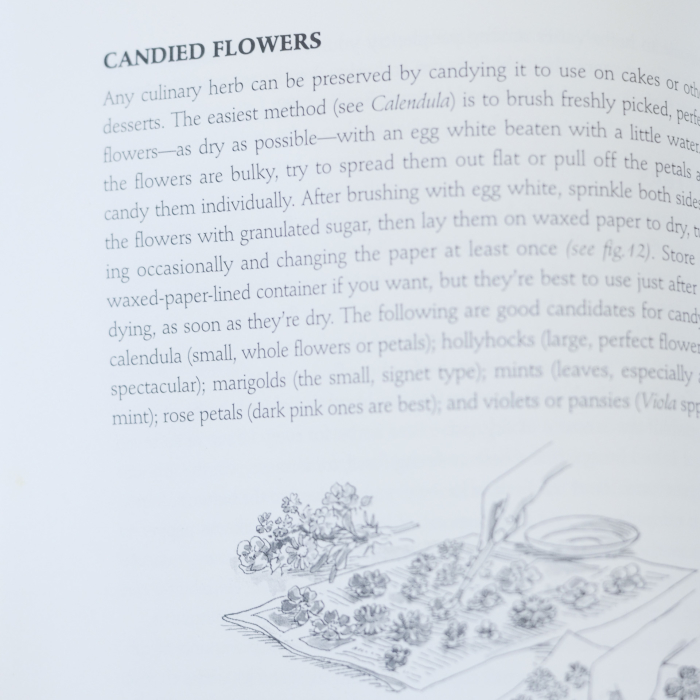
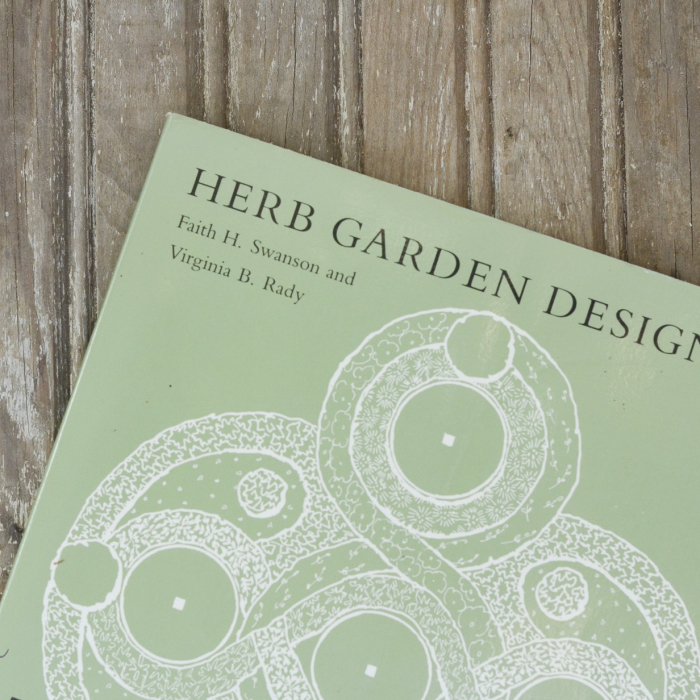
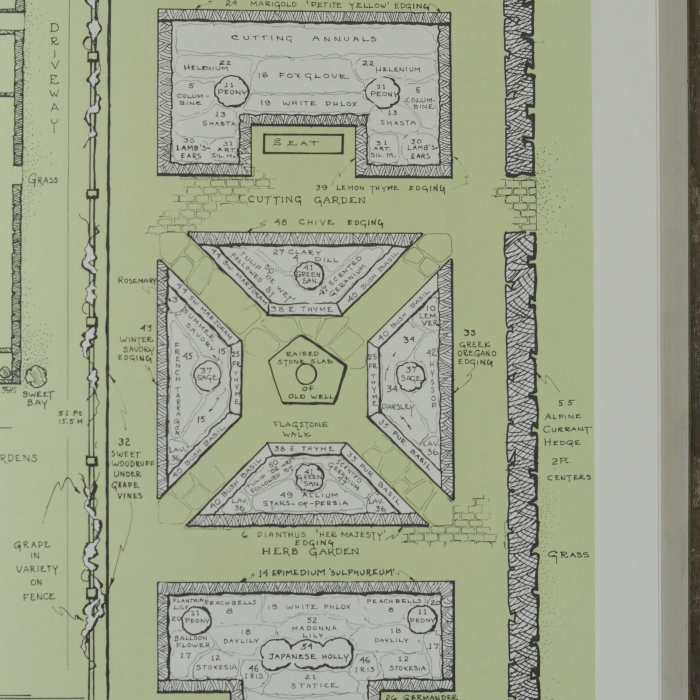
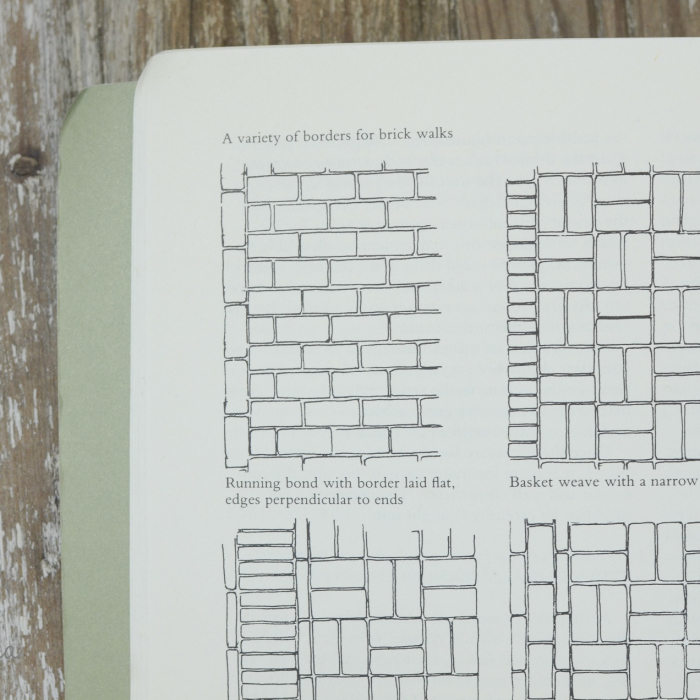
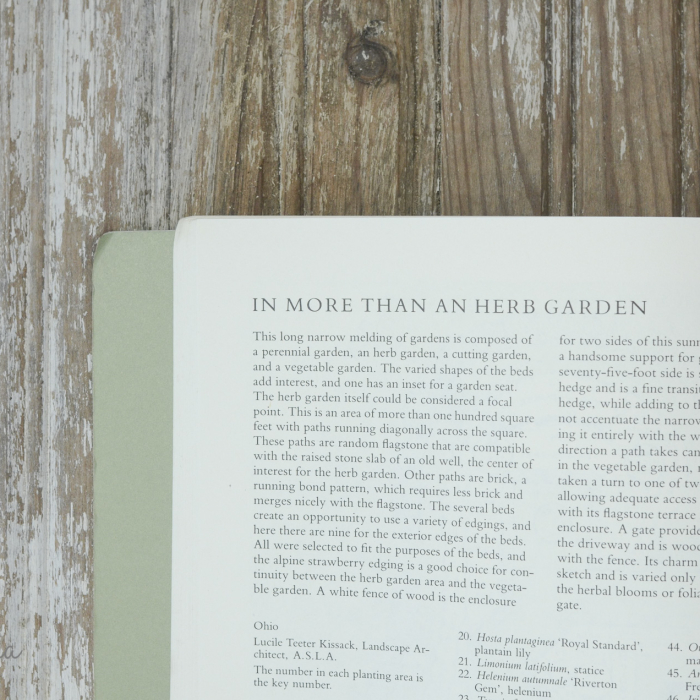
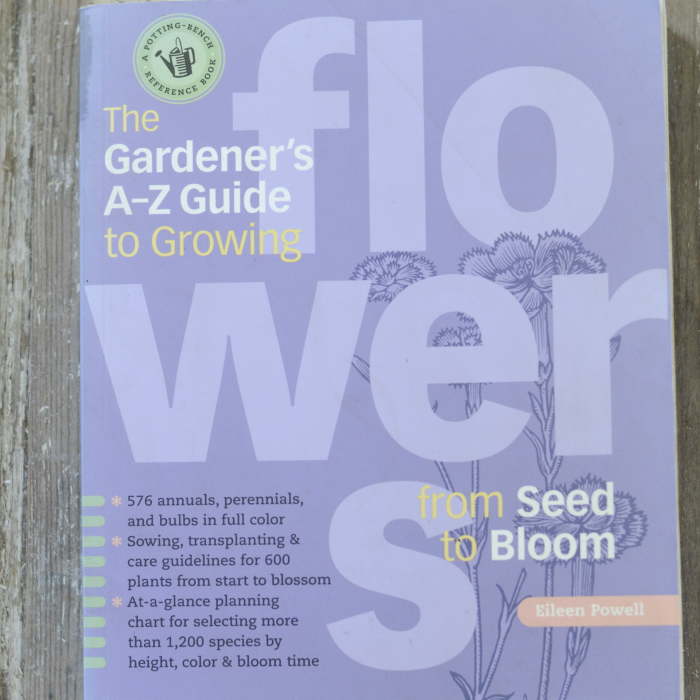
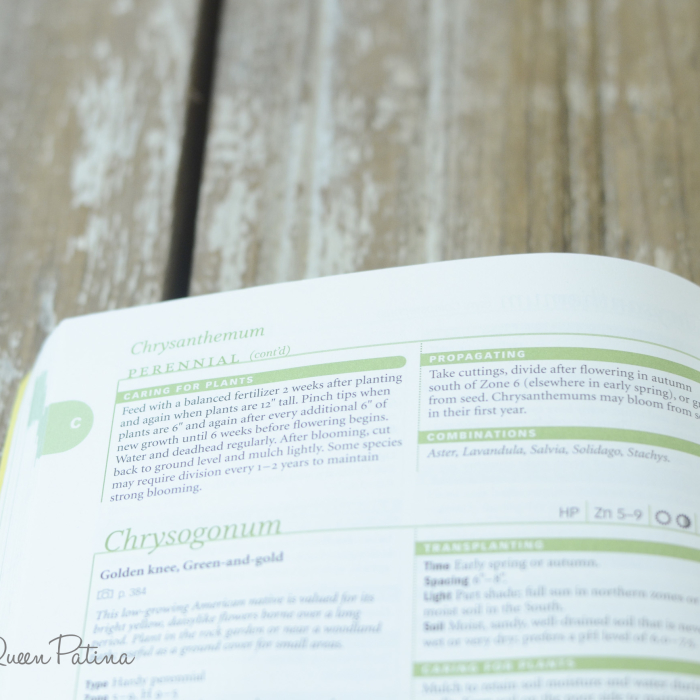
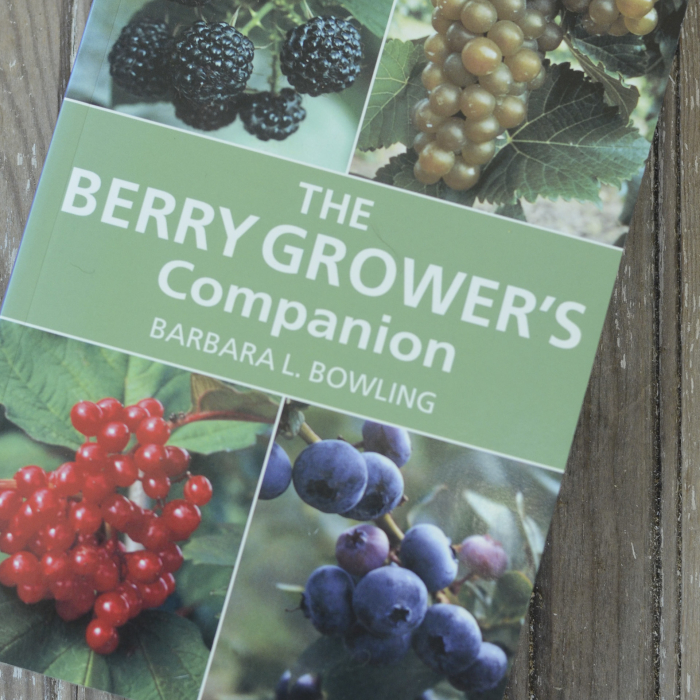
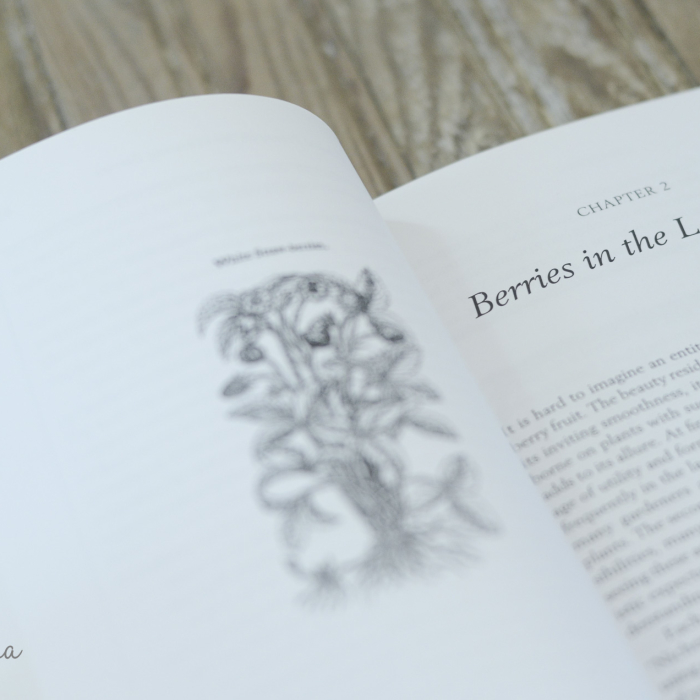
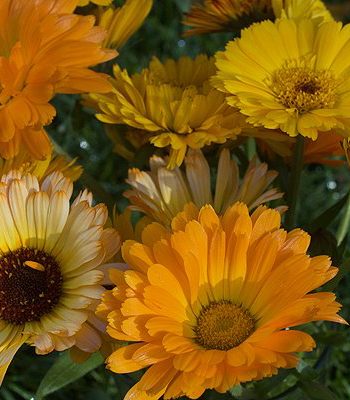
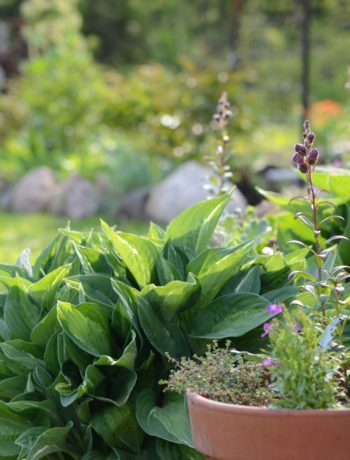
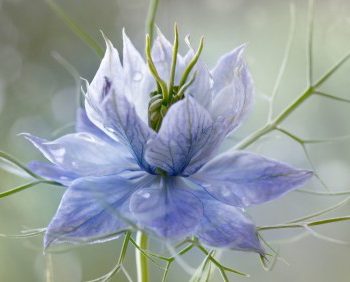
No Comments